After the week we’ve had, what we really need is for a really tiny giraffe to come along, like, say, if we found out there were giraffes in this world with normal necks but with bodies the size of a horse.
Somewhat unusually, the universe has taken pity on us.
Behold, the dwarf giraffes of Uganda and Namibia.
A dwarf giraffe observed in Uganda in 2017. Photo Credit Michael Brown.
These are not a new species of giraffe, they’re giraffes with dwarfism. The scientists note, “More than half of wild giraffes die before reaching adulthood, so the fact that both Gimli and Nigel [the two dwarf giraffes that they’re tracking] beat the odds suggests their dwarfism hasn’t hindered their ability to survive.”
As usual, this isn’t at all what I planned on writing about, but was I going to know about dwarf giraffes and keep it secret from y’all? Absolutely not.
What I’d like to write about is a place that, pound-for-pound, acre-for-acre, is probably the most astounding ecological success story on earth right now.
And it’s not just amazing because of the animals – it’s amazing because of the humans.
Imagine Mozambique after its nearly three decades of civil war. Torn apart doesn’t begin to describe it.
First, there was a war of independence, an armed conflict between the guerrilla forces of the Mozambique Liberation Front or FRELIMO (Frente de Libertação de Moçambique), and Portugal, that lasted from 1964 through 1974.
Only a few years later, Mozambique descended yet again into war, this time a civil war but also – simultaneously – the war also served as a proxy for cold war foreign powers. This war lasted from 1977 to 1992.
Animals, famously, do not recognize political boundaries. Mozambique, featuring miles of reportedly gorgeous beaches, lies just to the north of South Africa’s Kruger Park – possibly Africa’s most famous game park behind the Masai Mara. Surely, Mozambique, too, was once a paradise for wildlife.
The war changed all that. What animals weren’t killed in the actual fighting were killed afterwards, for food. Fair enough.
But in the early 2000’s, tech entrepreneur Gregg Carr happened to hear about Gorongosa Park, Mozambique’s premier park that was destroyed in the wars. He wanted to do something about the trajectory the park was on; and more than that, he wanted to do something about the trajectory the people were on. He signed a 20-year agreement with the Mozambique government to support the re-development of the park, which would include not only re-introduction of species, but also training for locals to become rangers and guides, as well as education for women and girls and other investment in local communities.
It has worked. Over time, Carr’s initial investment has attracted partnerships, like those from USAID and National Geographic. The park is now starting to struggle with problems like those at Yellowstone Park – how do we control all these new herbivores we suddenly have?!? – and so this weekend, something very special happened …
A 3½-year-old female leopard, brought in from South Africa, was released to Gorongosa National Park
in Mozambique in November. Photo Credit: Piotr Naskrecki
They got a female leopard!
A male leopard has already shown up on his own, so maybe … leopard babies?
(Oh my goodness, leopard mating is something else. Maybe I’ll do a post on that around Valentine’s Day. On the other hand, maybe not.)
There’s never a place so far down the road that we can’t turn around, a spot so barren it can’t be nurtured back to life. Indeed, nature is prepared to flourish wherever and whenever if we would (mostly) leave her alone; if we can only tend to each other, that’s one of the greatest gifts we could give to ensure a flourishing planet.
If you enjoyed this post, please share it with your nature-loving mates.

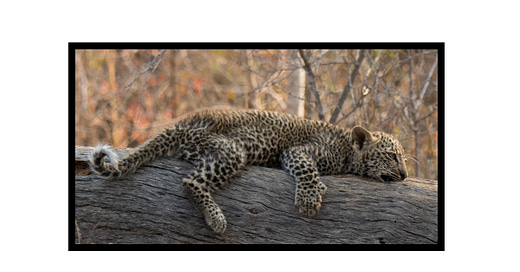


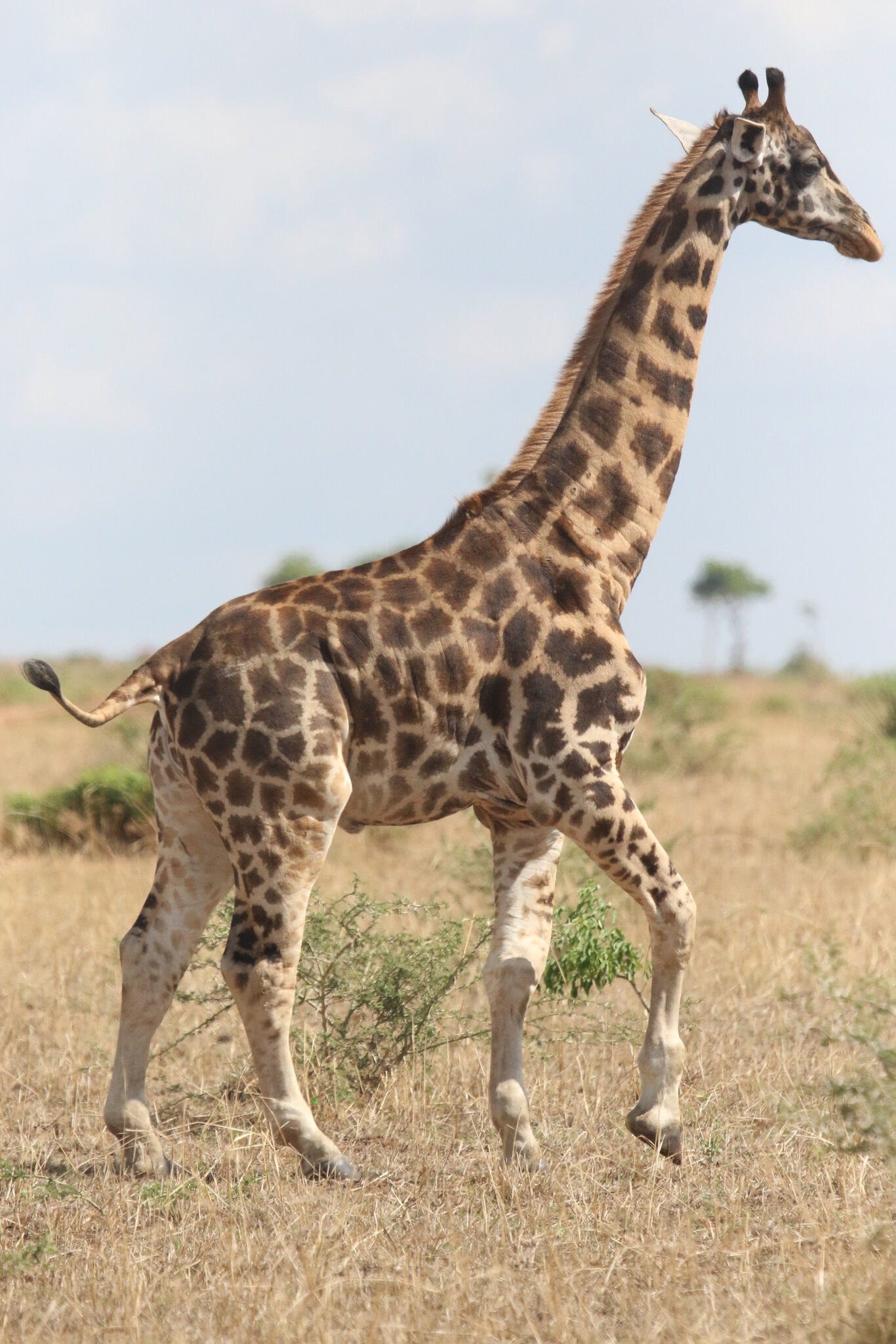
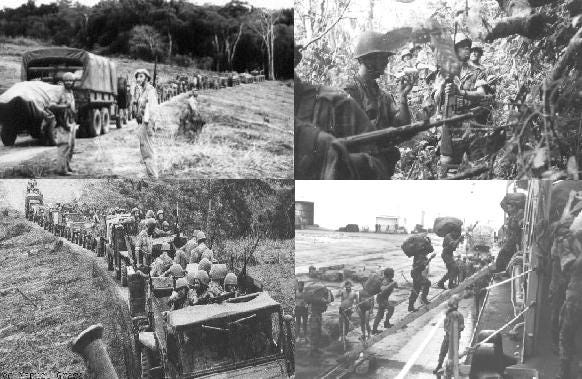
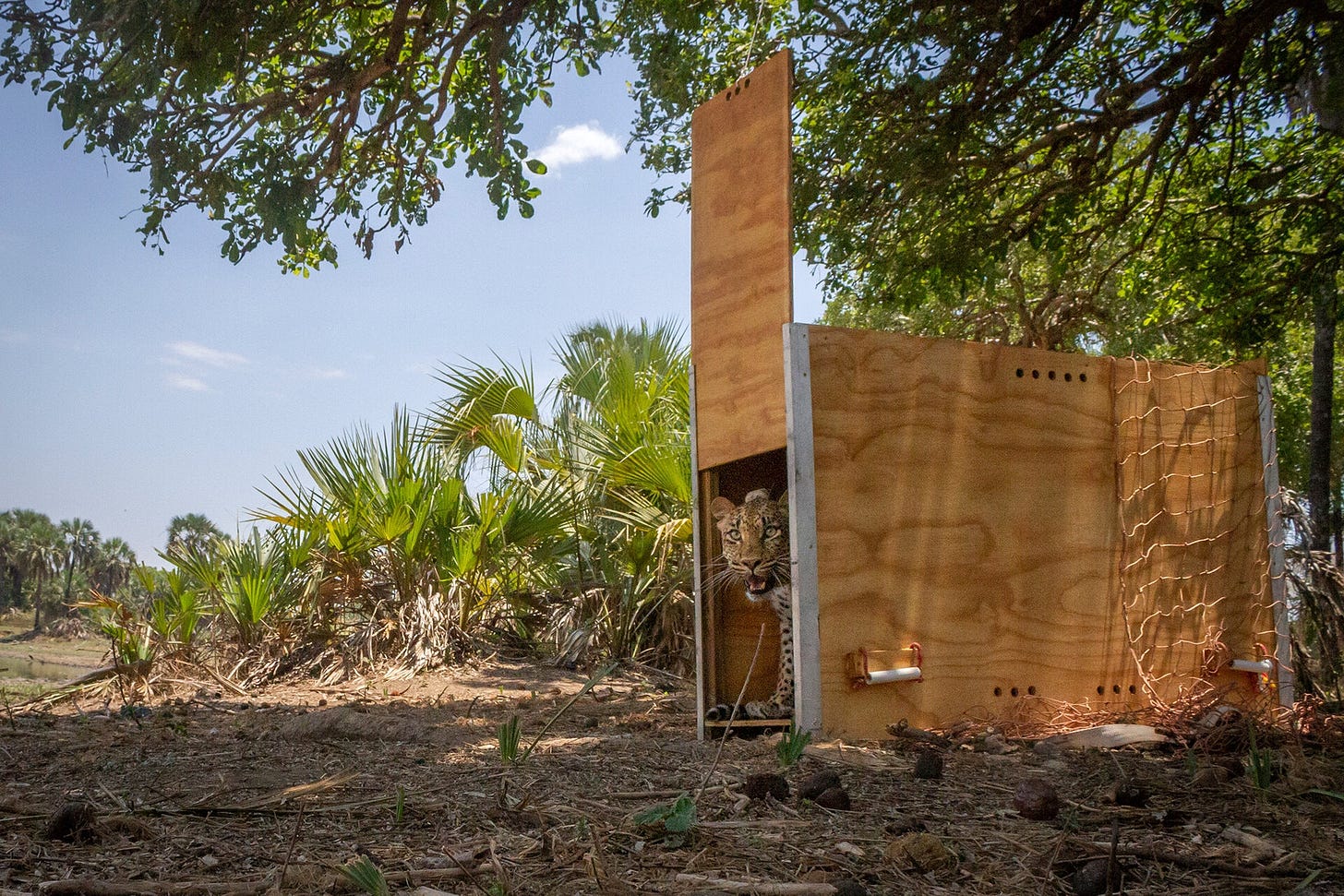
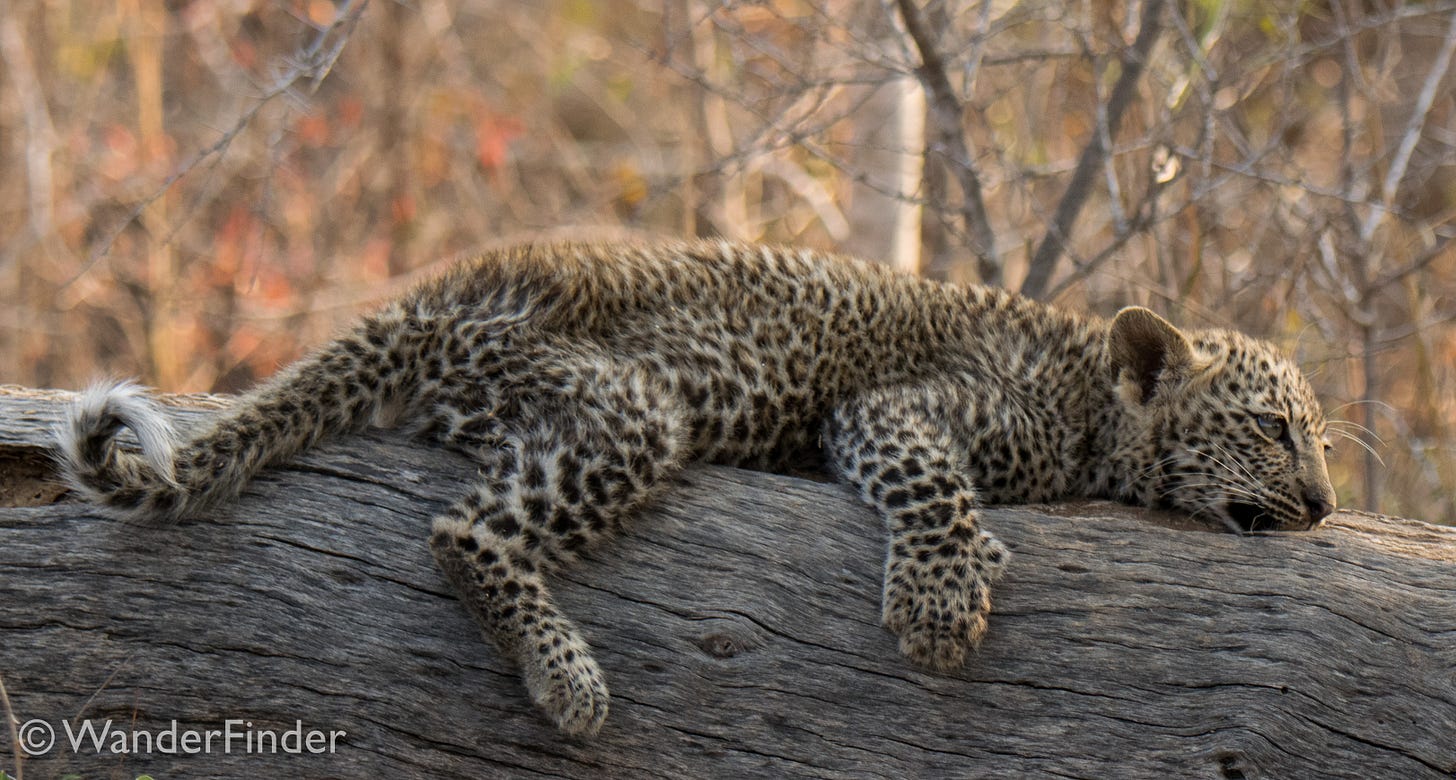
BTW, I also really like this video Gorangosa put out about their journey & the park: https://vimeo.com/399137159